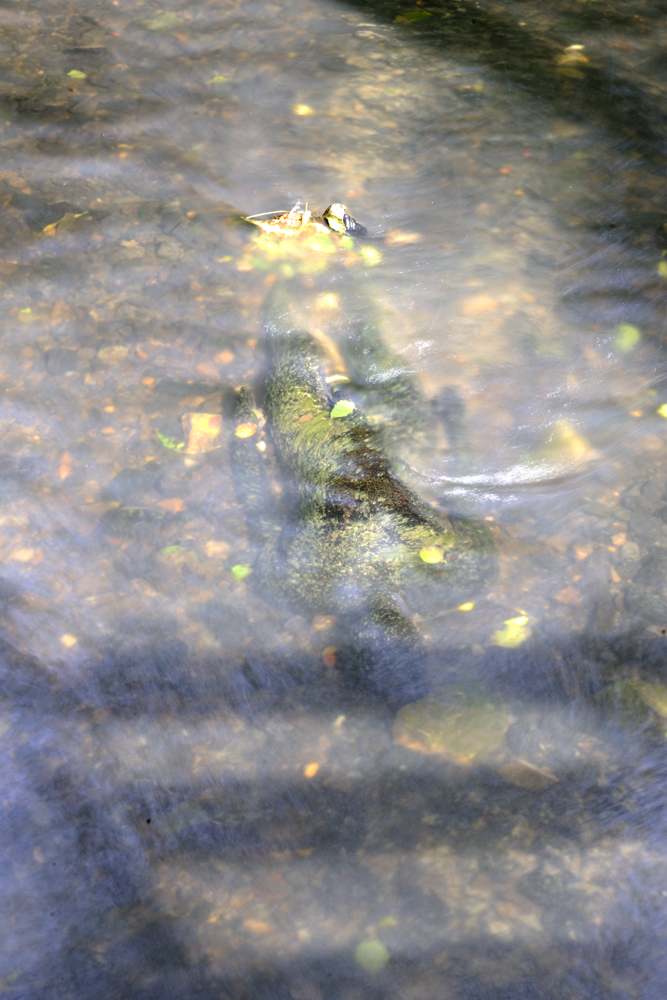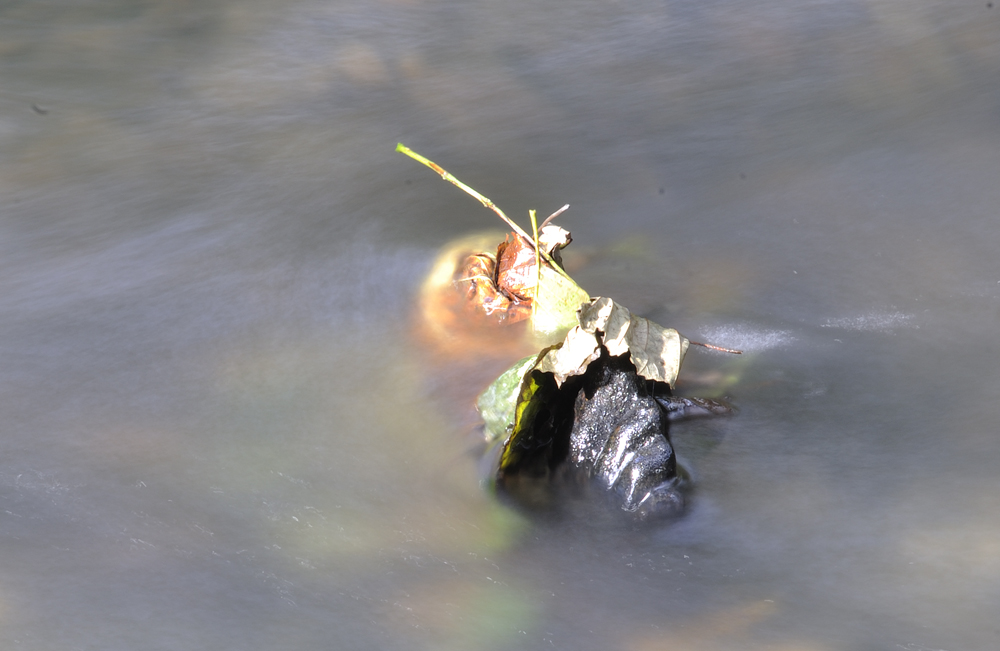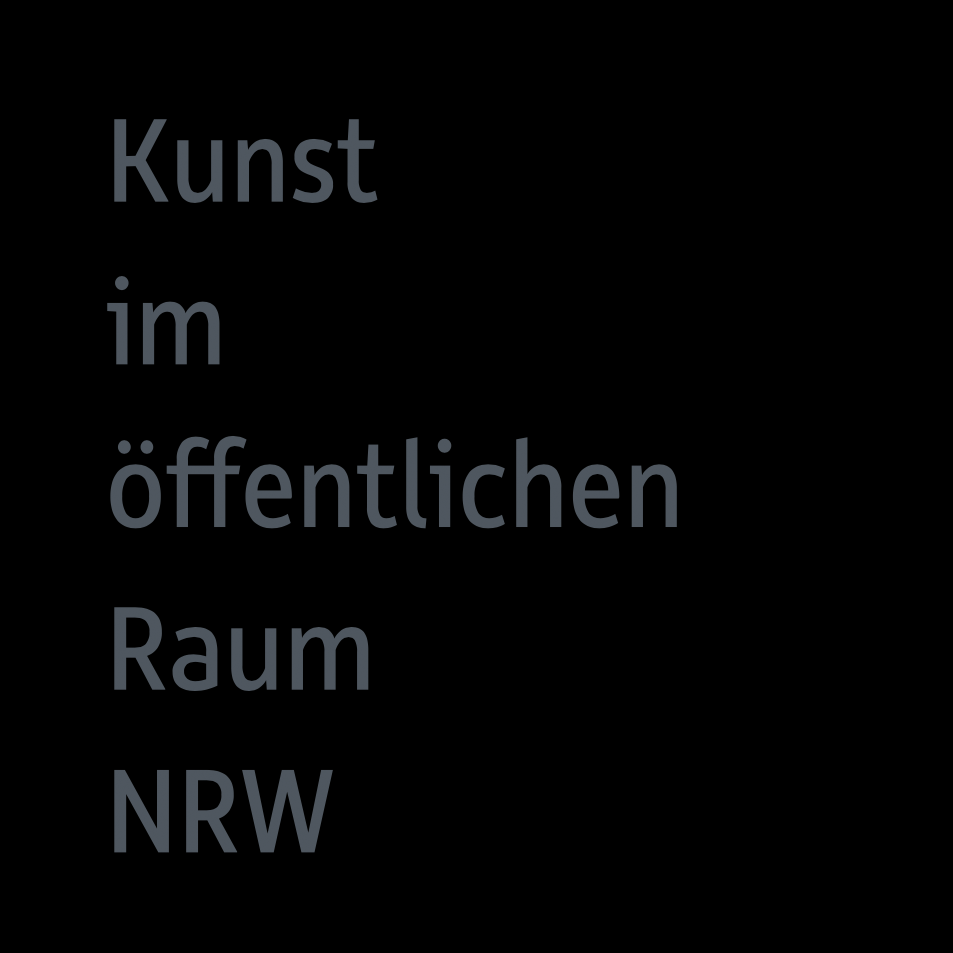Being




As a place that is symbolic of the origins of mankind, the Neandertal (Neander Valley) is an ideal location for Antony Gormley’s sculpture, since his creative work centers on the human figure and it’s physical, mental, and cultural dimensions. This sculpture is an iron cast of the artist’s own body; however, it doesn’t stand upright like a traditional sculpture, but lies flat in the course of the River Düssel.
As such, the figure is barely visible and will likely grow increasingly hidden by sediments in the water over time. Creating a sense of serenity, the flowing water symbolizes the passage of time like no other element could: the work embodies a dedication to the elements, nature, and the course of history. Against the backdrop of the Neandertal as a prehistoric site, the sculpture simultaneously appears to be an archeological find of the future and bears witness to its current Being.
Reference: de.wikipedia.org, www.mettmann.de
Further reading:
Katalog zum Kunstweg MenschenSpuren, ed. by Volker Friedrich Marten and Gerd-Christian Weniger, Mettmann, Neanderthal Museum 2002.
Antony Gormley
← Zur Startseite
Mettmann, Kunstweg MenschenSpuren in Neandertal
